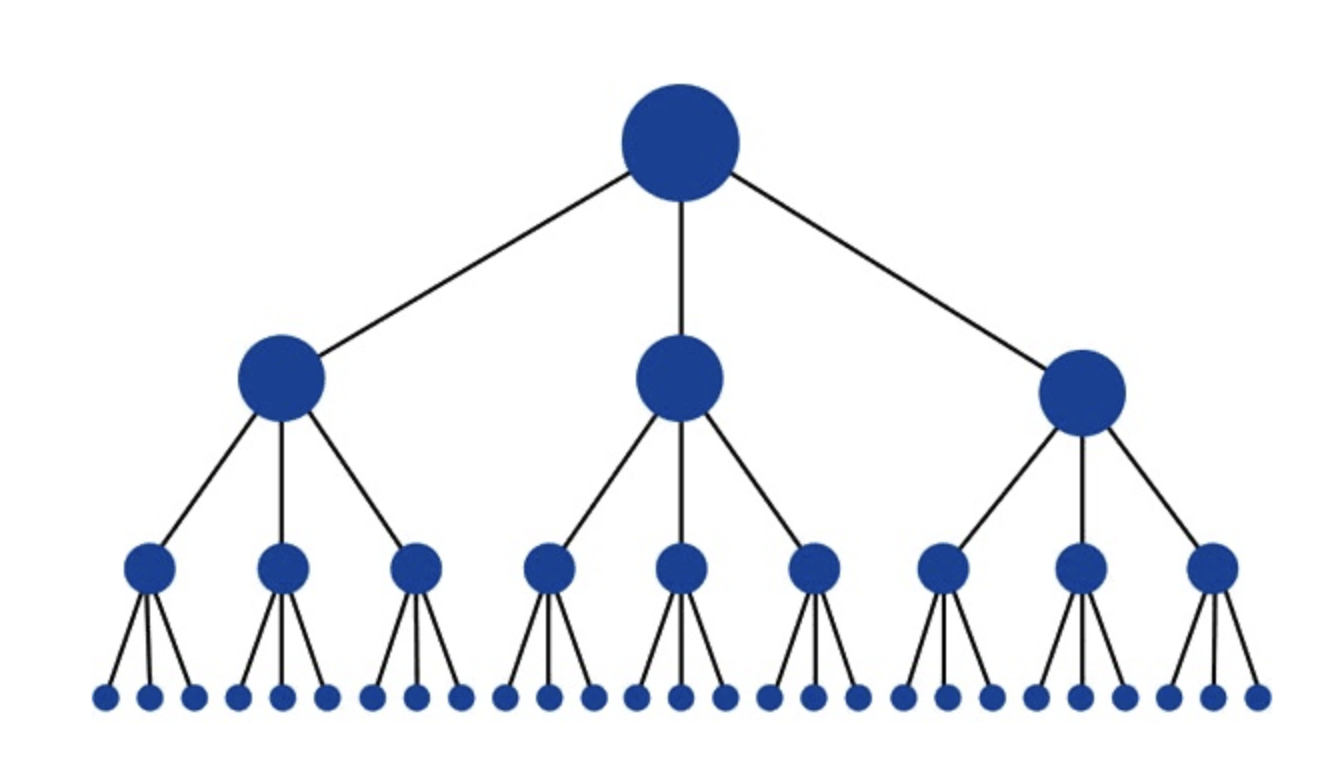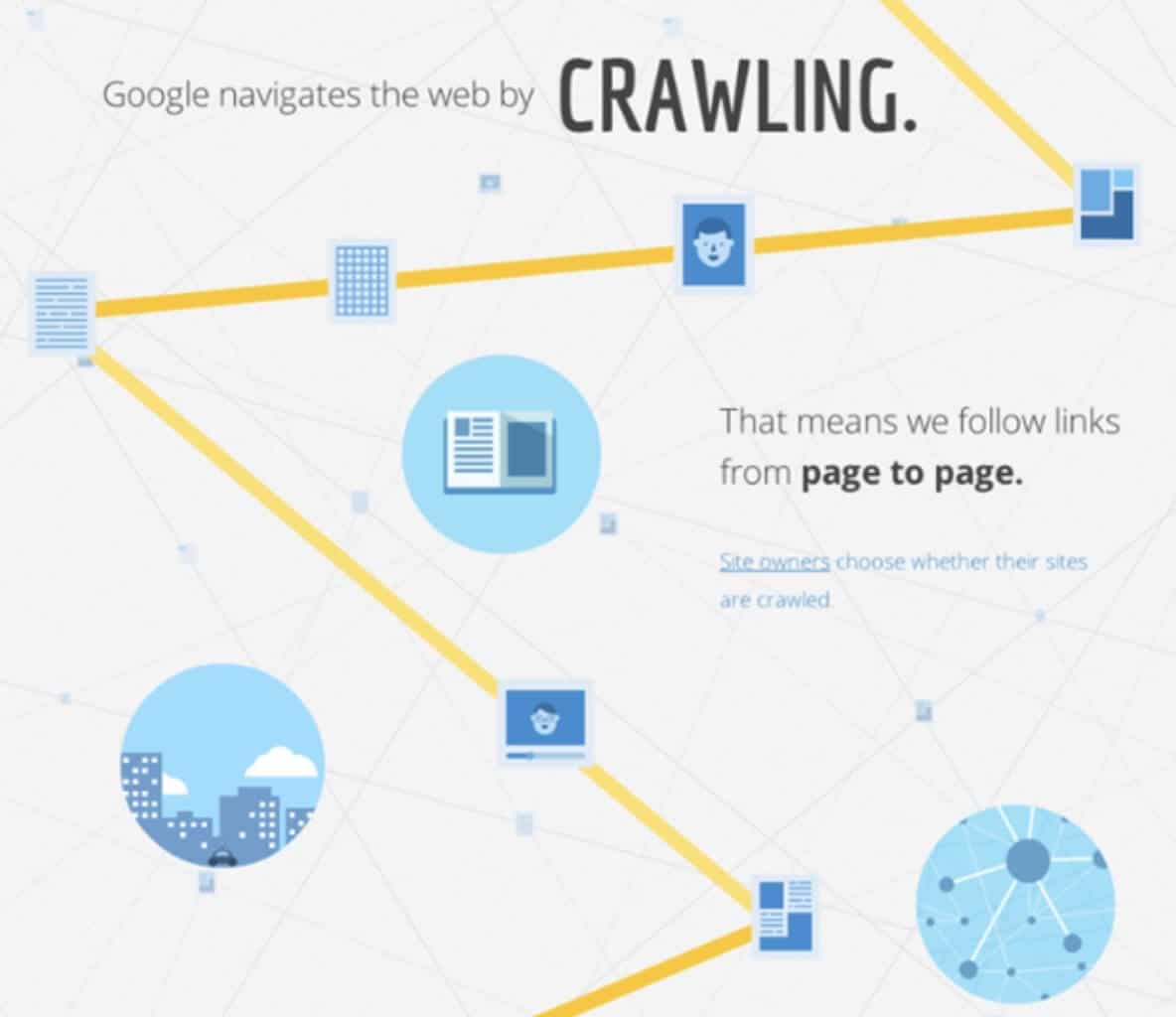Internal links are links that point to other pages on a website They come in various forms and lengths. But the two most common types of internal link are navigational (a site’s menu, for example) and contextual (links inserted into a site’s content).
Sounds simple, doesn’t it? All you have to do is browse your website and add a hypertext link with a few keywords, and you’re done! Believe us, it’s easier said than done. Internal linking optimizes navigation on your site, improving the user experience On the other hand, it plays a key role in your website’s SEO. But for this to happen, it needs to be well executed.
Internal links: optimizing website hierarchy and navigation
Internal links are generally found in the header, menu and footer of a website. They’re more than just a means of navigating your site. In fact, internal links also help define the path users take on your website and the way your content is linked together. Let’s take the example of a e-commerce site Its home page links to each of its categories, which in turn contain sub-categories, which link to specific items. The aim is to make content easily accessible to search engines thanks to intuitive navigation

Illustration of a Moz link pyramid
Internal links: to help search engines crawl a site
Certainly, Google uses the site map, the gateway that leads it to a site’s pages. It’s as if the map tells the search engine that such and such a page exists. But in most cases, new content isn’t added to the sitemap. So how does Google find them? Quite simply through internal links. First, your internal links will help the search engine find the new pages the next time it crawls your site. Secondly, strategic, well-thought-out internal linking improves new pages’ chances of ranking well for targeted terms through Google PageRank distribution.

Google’s Internet navigation infographic
Internal links: to give authority to internal pages
One of the main benefits of internal linking is the distribution of authority across all pages on the site When defining an internal linking strategy, the first thing to do is to distribute authority from pages with lots of backlinks to pages with less authority (the pages you link to).
A well-optimized website has many pages with external links or backlinks. They reinforce the authority of the domain and help all pages rank higher. But Google PageRank is a renewable resource. Once a web page effectively uses PageRank for itself, it can transmit some of that authority to others through internal links
If you’ve created a page for which you’ve managed to build up a large network of quality backlinks, it makes sense to pass on some of that hard-earned PageRank to other pages you want to optimize too. When this authority is distributed via strategic internal links, it can lead to higher keyword rankings for the pages you link to.
In short, internal linking is a strategic and necessary aspect of SEO. It helps define your website’s architecture and spread authority throughout your site. The former is essential to help Google and users understand your site’s content. The latter helps establish the site’s very relevance.
The dangers of internal links
So we’ve established that internal linking is beneficial for SEO It provides clear direction for the user, helps Google find your site’s pages and distributes authority across the platform. But, like everything else in SEO, it presents dangers when misused.
Can you have too many internal links? Yes!
The biggest danger associated with internal links is eating into authority, or diluting Google PageRank. Like all branches of SEO, internal linking requires a logical and organic strategy The abuse of tactics, while effective at their core, should be avoided. For example, by filling every page of your site with internal links, you run the risk of crumbling authority, especially that of the most relevant pages. Not every page should be a high-value landing page. You need to carefully study the traffic and ranking data available to carry out your internal linking strategy.
Overoptimization
You can quickly fall into overoptimization if you carry out internal linking without a well thought-out strategy. But what is overoptimization? It’s when keywords are packed with terms that don’t form correct phrases or sentences They can therefore look like and be considered by Google as spam On the other hand, internal links end up losing value when there are too many of them on a single page.
The best way to avoid this danger is to put yourself in your visitors’ shoes when establishing your internal links Ask yourself what they want in terms of content. By keeping the answer as the common thread of your internal linking,Google will realize the relevance of your approach and reward it by increasing the authority of your site in general.
Best practices for successful internal linking
You don’t need to put too much thought into your internal linking. A relevant website and well-planned navigation inevitably lead to a well-optimized site architecture. What’s more, simply using common sense can get you off to a good start. That said, if you’re considering embarking on a new internal linking strategy, there are some rather technical best practices to follow to make it a success.
Use anchoring strategically
Anchoring can be tricky. As with backlinks, too many over-optimized keywords can seem artificial and spammy. At the same time, if you don’t use enough of them, you won’t be working hard enough on your site’s authority. The trick is to use them organically (naturally) and make sure the surfer understands what they’ll find when they click on the link.
One way to create a good anchor is to write a sentence summarizing the content of the landing page. You’ll then place the link on the most relevant phrase in the sentence in question. The anchor must be used in a natural way if you want Google to consider it qualitative.
Well-frequented terms such as “Learn more”, “this article” and “Click here” are also examples of poor anchors for internal linking.
Ensure the relevance of the content you’re linking to
If you visit a website looking for a pair of men’s sports shoes, you’ll be tempted to click on a link anchored on “new men’s shoes”. But when you’re finally taken to a page offering women’s sandals, you’ll certainly be disappointed and the site will drop in your esteem. It’s a lack of professionalism, relevance and even logic. Make sure this doesn’t happen on your site.
Build deep, deep links!
Orphan pages are strictly useless. If users can’t find the content, neither can Google. Blog posts, resources and one-off pages that may not have found their way into the main navigation should have internal links of their own – provided they’re relevant, of course.
Location issues
Where you place links on a page is important. This is partly due to Reasonable Surfer, a patent filed by Google in 2004 and granted in 2010. The patent allows the search engine to determine a website’s PageRank by taking into account the relevance of the anchor and its location on a web page.
Bill Slawski of SEO by the Sea, a renowned Californian web agency, has written a number of interesting articles on the Reasonable Surfer to help SEOs and content managers see things more clearly. What we can glean from this is that the Reasonable Surfer, which literally means the reasonable surfer, reflects the likelihood of someone clicking on a link based on the characteristics associated with it.
This means you need to think carefully about all the important elements such as color, size, font and words used to make up an internal link. The location of the link also counts.
To sum up, putting relevant, organic links in your content is a great idea! On the other hand, avoid links that lead to orphaned and non-existent pages. In addition, it’s important to weigh up the number of internal links you put on a page, and to think carefully about their placement.
In conclusion:
Implementing an internal link strategy isn’t a complicated process, even if it does involve sifting through a lot of data and approaching things strategically. The only advice we can give you is to use common sense. Gone are the days when you had to insert as many keywords as possible into your content and links. Focus on the user and what they’re looking for, and you’ll be fine.
- The search for meaning is our reason for being
- Listening skills
- Thinking skills
- Sense of detail
